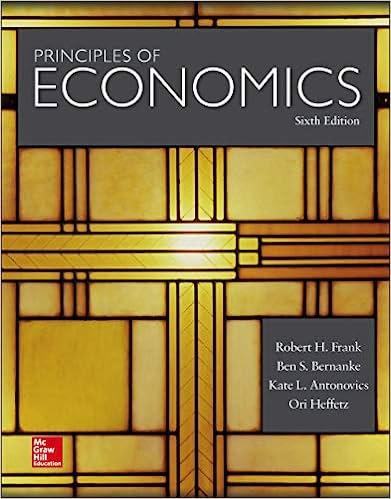Question
I. One debate in the economics of education literature centers on whether or not attending a charter school improves educational outcomes. This problem examines the
I. One debate in the economics of education literature centers on whether or not attending a charter school improves educational outcomes. This problem examines the causal effect of charter school attendance on 8th grade standardized math test scores.
i. Let the Bernoulli random variable CSi represent the charter school status for an individual 8th grader, where CSi = 1 if an individual is enrolled in a charter school and CSi = 0 if an individual is not enrolled in a charter school. Suppose that 10% of individuals in this age group are enrolled in s charter school. What is the expected value and variance of CSi?
ii. Suppose we use the sample average, CS for a random sample of 1,000 students to estimate the expected value of CSi. What is the expected value and variance of the estimator, CS?
iii. Let the random variable MTi represent the math test score for an individual 8th grader. Ex plain mathematically and in words, what is the causal effect of charter school enrollment on the math test score for an individual? What is the average causal effect for a random sample of size n? What are the two counterfactuals in this case?
iv. Suppose we compare the average math test score for individuals who are enrolled in charter schools to that of individuals who are not enrolled in charter schools. We find that on average, 8th graders enrolled in charter schools score 7 percentage points higher than their non-charter school peers. Explain mathematically and in words, why might this average difference be a biased estimate for the causal effect of interest? Your answer should include a mathematical expression for the comparison of averages and the potential selection bias in this case. Provide some economic reasoning for whether you believe the bias would likely be positive or negative.
v. Each year Portland Public Schools holds a lottery for it's charter school enrollments. Suppose we compare math test scores for individuals who were selected by the lottery and attended charter schools to that of individuals who applied but were not selected by the lottery and did not attend charter schools. Explain mathematically and in words, why might this comparison more accurately estimate the average causal effect of interest? Your answer should address your mathematical expression of the selection bias from part (iv).

Step by Step Solution
There are 3 Steps involved in it
Step: 1

Get Instant Access to Expert-Tailored Solutions
See step-by-step solutions with expert insights and AI powered tools for academic success
Step: 2

Step: 3

Ace Your Homework with AI
Get the answers you need in no time with our AI-driven, step-by-step assistance
Get Started


